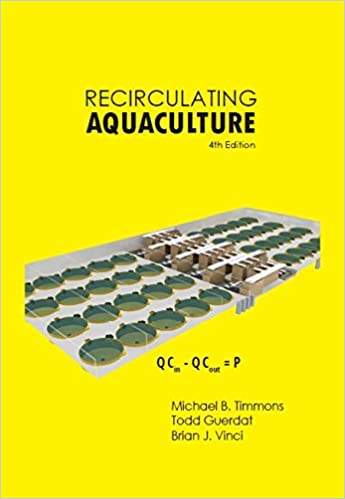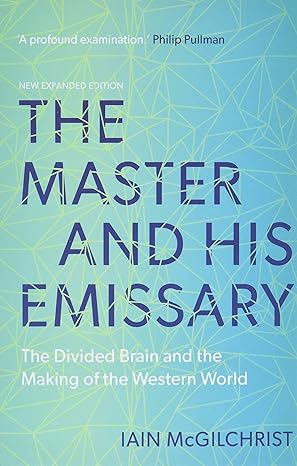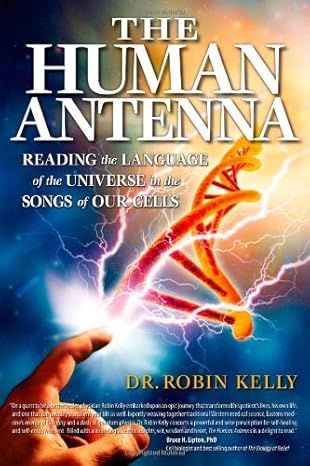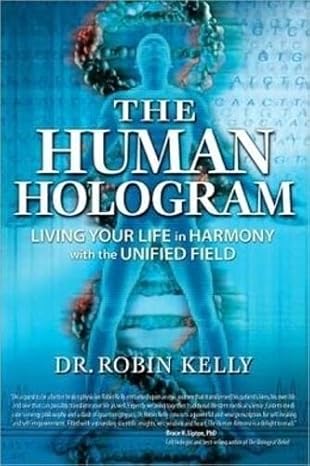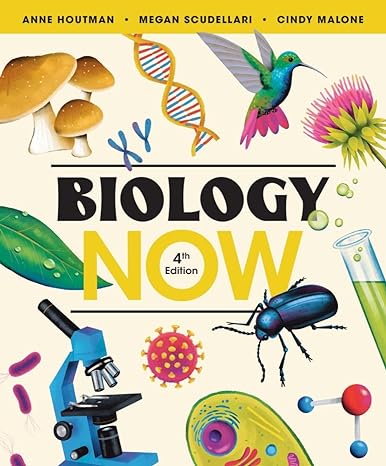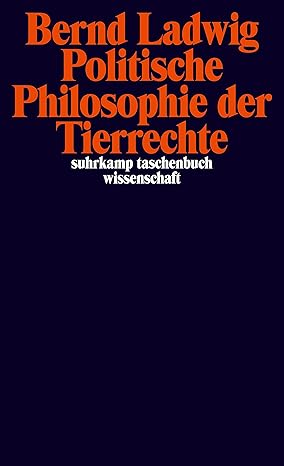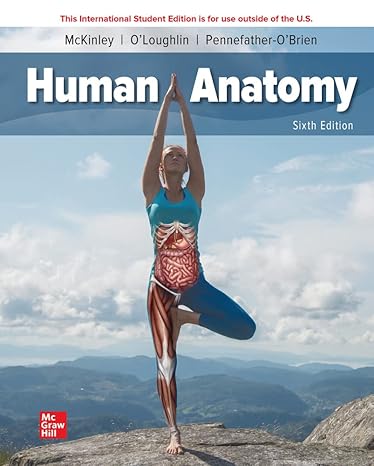This is the 4th edition of the book that has become known in the industry as the Yellow book . It addresses the subject of recirculating aquaculture systems (RAS). RAS have higher capital and operating costs than most extensive systems such as cage culture in natural waters and raceway and/or pond culture systems. However, when the environmental control provided by recirculating systems and the benefits provided by this environmental control in terms of marketing, waste control, product quality, product availability, and other factors are considered-- then recirculating systems become much more attractive. Thus, this text is designed primarily for recirculating systems, which the authors feel will be the system design of choice for most new aquaculture ventures. This is even more true as the issues of sustainability and economic viability become more intense. Much of the information provided in this text does, however, also apply to open, semi-closed, and closed systems in terms of tank design, hydraulics, fish management, water quality, etc. The objectives of this text are the practical application of aquacultural engineering principles to the design, construction, and management of an aquatic production system. A chapter on aquaponics has also been added with extensive examples. It provides the reader with essential information necessary to get started in aquaculture production and it emphasizes practical information rather than theoretical discussions. It minimizes information on genetics, basic biology, marketing, and all of the other areas important to development of a successful aquaculture operation. Many of these topics are touched on in the text, but are presented only in sufficient detail to allow the reader to understand the relationship of each of these aspects to production of fish. The authors objectives are to provide sufficient information so the reader can: 1) look at a system and make a good judgment as to how well the systems will operate, 2) work with a systems designer to develop an aquatic production system of your own, and 3) know what to look for when shopping for aquacultural production systems.
چکیده فارسی
این چهارمین ویرایش کتاب است که در صنعت به عنوان کتاب زرد شناخته شده است. به موضوع سیستم های آبزی پروری در گردش (RAS) می پردازد. RAS دارای هزینه های سرمایه ای و عملیاتی بالاتری نسبت به سیستم های گسترده مانند کشت در قفس در آب های طبیعی و سیستم های کشت راه آهن و/یا برکه است. با این حال، هنگامی که کنترل محیطی ارائه شده توسط سیستم های چرخشی و مزایای ارائه شده توسط این کنترل زیست محیطی از نظر بازاریابی، کنترل ضایعات، کیفیت محصول، در دسترس بودن محصول و سایر عوامل در نظر گرفته شود، سیستم های چرخشی بسیار جذاب تر می شوند. بنابراین، این متن اساساً برای سیستمهای چرخشی طراحی شده است، که نویسندگان احساس میکنند طراحی سیستم انتخابی برای اکثر سرمایهگذاریهای جدید آبزی پروری خواهد بود. این امر با شدت گرفتن موضوعات پایداری و پایداری اقتصادی بیشتر نیز صادق است. بسیاری از اطلاعات ارائه شده در این متن از نظر طراحی مخزن، هیدرولیک، مدیریت ماهی، کیفیت آب و غیره در مورد سیستم های باز، نیمه بسته و بسته نیز کاربرد دارد. اهداف این متن کاربرد عملی اصول مهندسی آبزی پروری برای طراحی، ساخت و مدیریت یک سیستم تولید آبزیان. فصلی در مورد آکواپونیک نیز با مثال های گسترده اضافه شده است. اطلاعات ضروری لازم برای شروع تولید آبزی پروری را در اختیار خواننده قرار می دهد و بر اطلاعات عملی به جای بحث های نظری تاکید می کند. این اطلاعات در مورد ژنتیک، زیست شناسی پایه، بازاریابی و سایر زمینه های مهم برای توسعه یک عملیات موفق آبزی پروری را به حداقل می رساند. بسیاری از این موضوعات در متن مورد بررسی قرار میگیرند، اما فقط با جزئیات کافی ارائه شدهاند تا به خواننده اجازه دهد تا رابطه هر یک از این جنبهها را با تولید ماهی درک کند. هدف نویسندگان ارائه اطلاعات کافی است تا خواننده بتواند: 1) به یک سیستم نگاه کند و قضاوت خوبی در مورد چگونگی عملکرد سیستم ها داشته باشد، 2) با یک طراح سیستم برای توسعه یک سیستم تولید آبزیان خود کار کند. و 3) بدانید هنگام خرید سیستم های تولید آبزی پروری به دنبال چه چیزی باشید.
ادامه ...
بستن ...
- ISBN-10 : 0971264678
- ISBN-13 : 978-0971264670
ادامه ...
بستن ...
